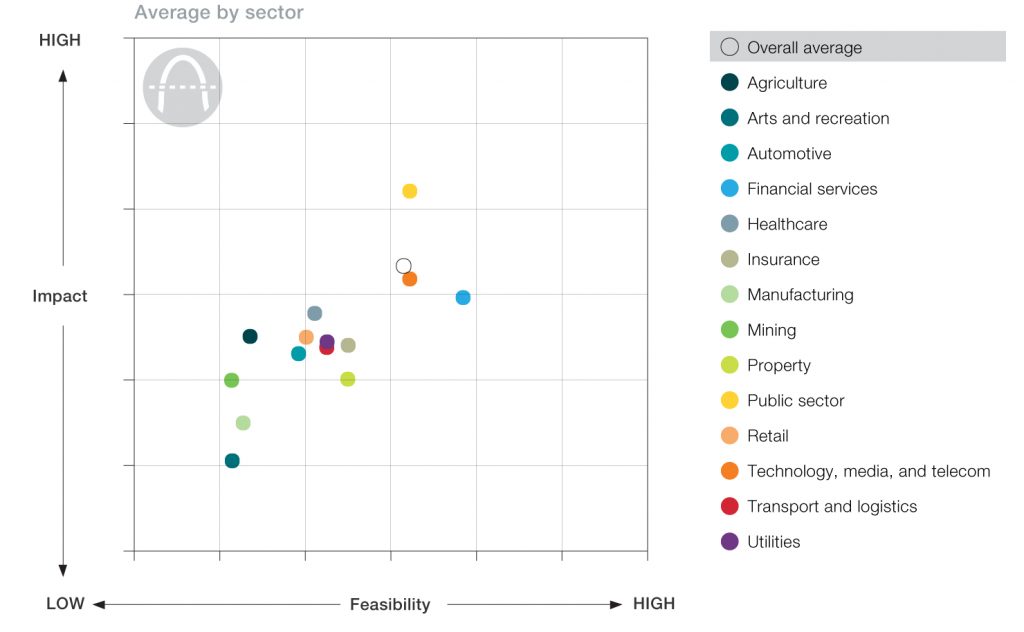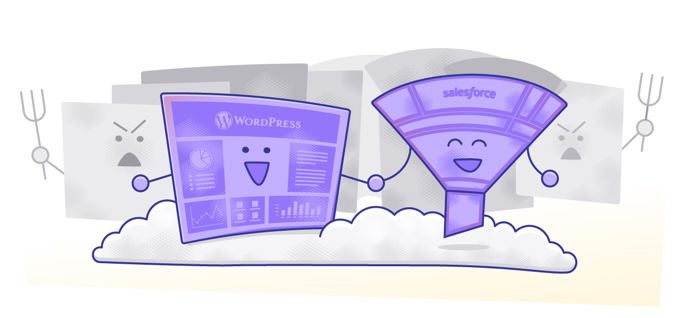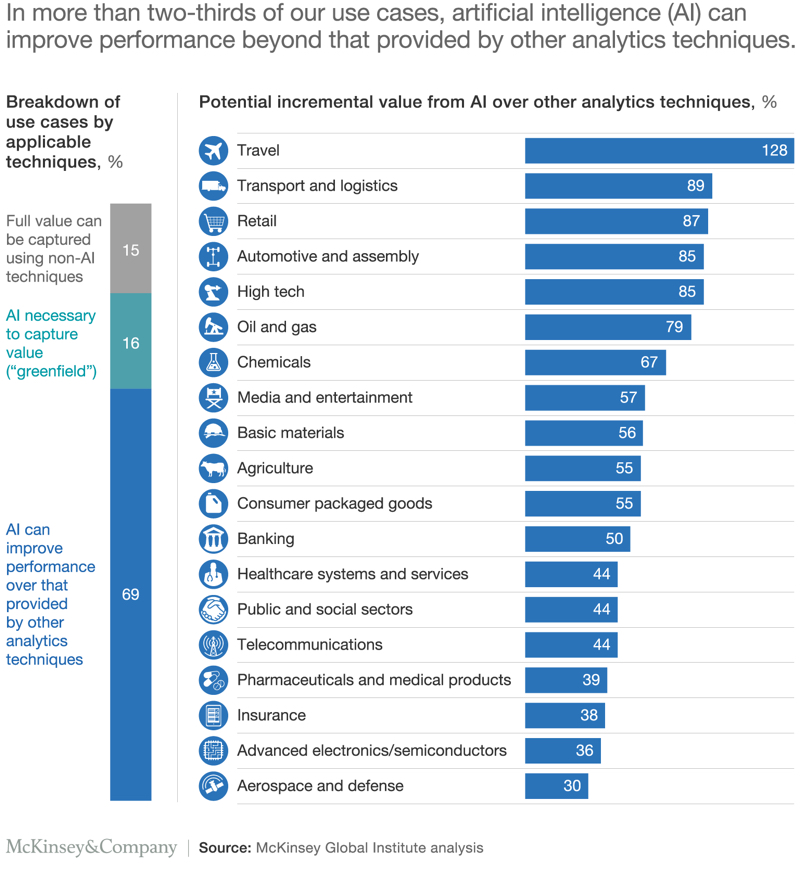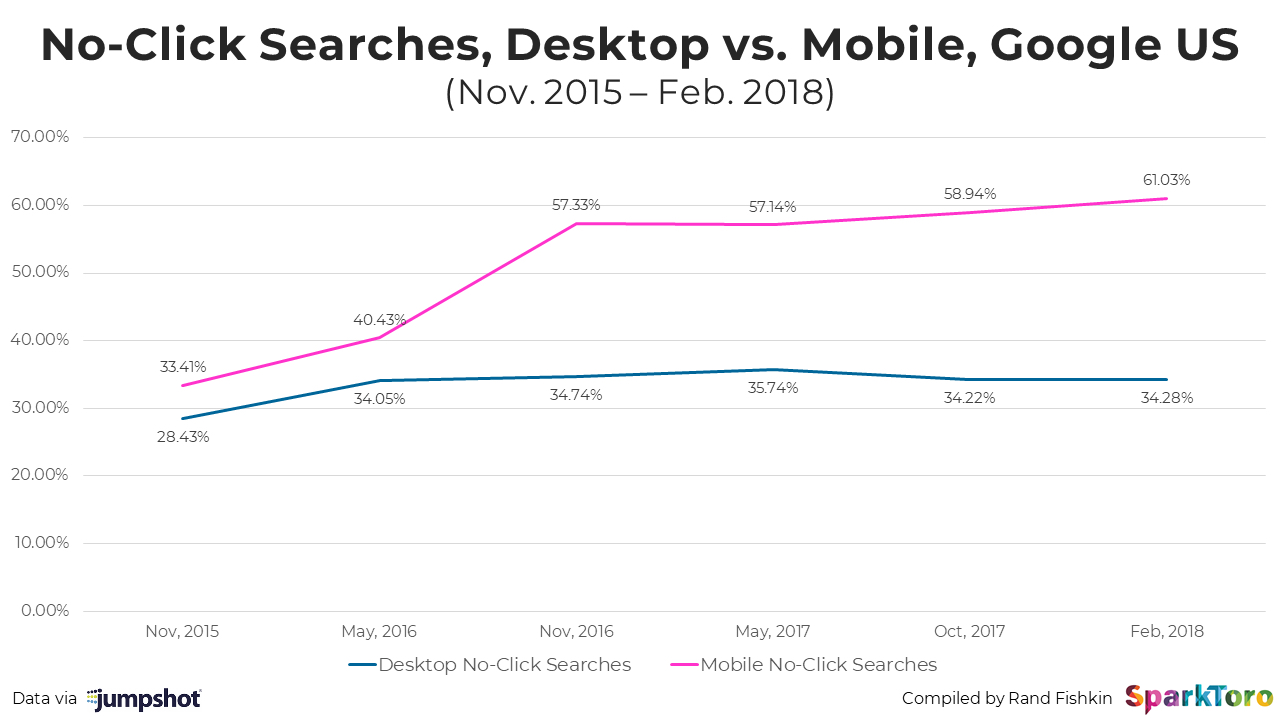We love Boston, but it’s been awhile since we’ve had an event in DC and we miss it. We’ll be at the Renaissance Washington DC hotel with three especially relevant special events to partner with. The conference is April 29 – 30, 2019, followed by workshops on May 1. It may seem a long way away, but it’s never too early submit your proposal!
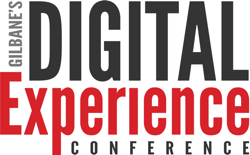 To submit a speaking proposal, please review the track descriptions below and submit your proposal. Additionally, answers to the most common questions about speaking at the Digital Experience Conference can be found in the Speaker Guidelines. If you have questions not answered in the guidelines email us at speaking@gilbane.com.
To submit a speaking proposal, please review the track descriptions below and submit your proposal. Additionally, answers to the most common questions about speaking at the Digital Experience Conference can be found in the Speaker Guidelines. If you have questions not answered in the guidelines email us at speaking@gilbane.com.
We are especially interested in hearing from organizations that have implemented or are planning on adopting, new technologies or practices in support of digital experience strategies or digital transformation initiatives.
Main Conference Tracks
The conference tracks are organized primarily by role/function as described below. We encourage proposals on all relevant topics.
Digital Experience Technologies for Customers and the Workplace
Focused on what you need to know about evolving, and potentially disrupting, content and digital experience technologies for marketing and the workplace. We’ll be looking at what web and data analysis technologies are effective today. We’ll also examine what is practical and should be considered today or in the near future regarding deep learning, AR, and blockchain applications.
Designed for technology strategists and executives focused on near-term and future software for creating, analyzing, managing, and delivering compelling digital experiences across platforms, channels, and form factors.
Digital Experience Practices for Customers and the Workplace
Focused on how to overcome challenges and implement successful digital experience strategies and practices to reach, engage, and retain customers, employees, and partners. We’ll be looking at strategies for inter- and intra- departmental collaboration that support customer-facing and internal operations that are a necessary part of the foundation for a consistently high quality digital experience.
Designed for digital transformation leaders, marketing, business, and workplace executives, information managers, content strategists, and UX professionals.
Submit your speaking proposal
The deadline for proposals is October 12 22, 2018.
*Note that we do except late proposals, but the number of speaking slots and topics starts to dwindle after the deadline. If the program is full we will keep your proposal in case of speaker cancellations. Fill out the proposal form.
